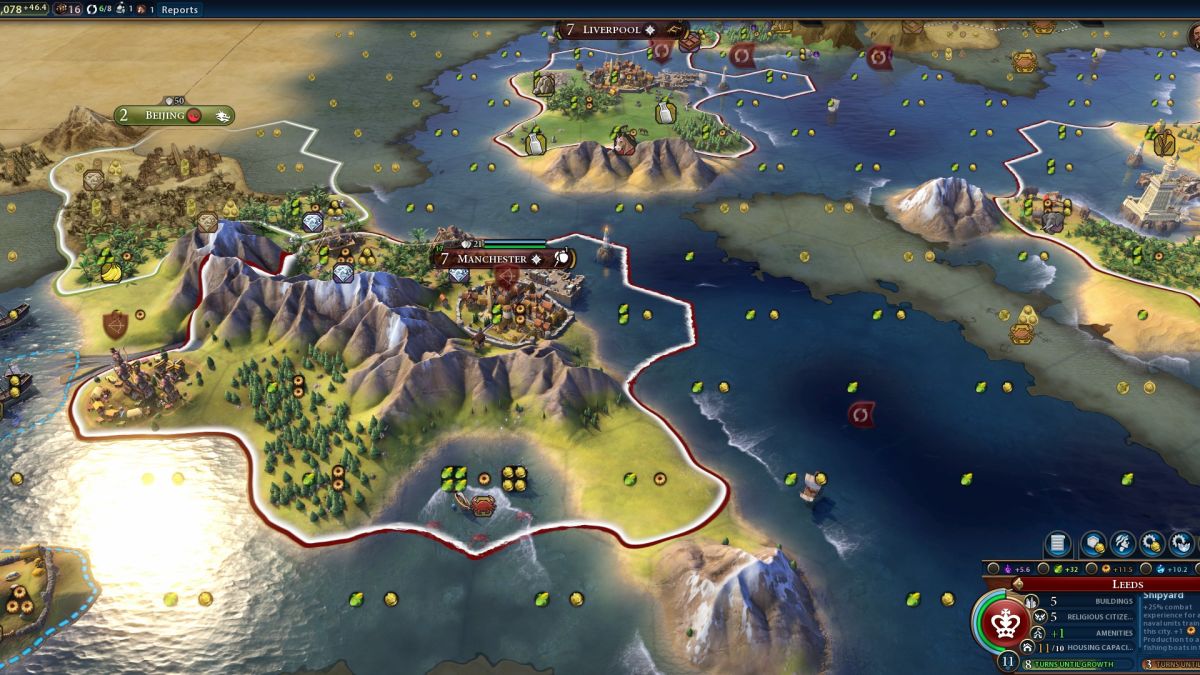I am trying to make a much simpler version of the graphic effects we see in the game Civilization 6. This question applies to the graphics on land and ocean tiles. But I first noticed this effect on the ocean tiles.
So you will see the waves effect (fairly near centre of the image), if you ever played the game you'll know that these waves roll into the coast and are there to let you know its an ocean tile and not a lake.
But these waves span several hex tiles, appearingly seamless. But the map is procedurally generated and so land tiles and ocean can appear in any random formations.
How does it know which animated texture to play for each tile?
I already have made the hex tile map.
I have NOT yet learnt how to add my own custom material/shader to make the texture animate, but I believe I can learn this on my own
But I really am at a loss of how the tile 'knows' what its neighbours are doing and is able to join the texture so nicely). Is there a name for this process of which i can do further research? Any tips on where to start making this effect. (I only want it to look very basic to start with , I'm not expecting to be able to recreate Civ6 any time soon :P
Many thanks!

